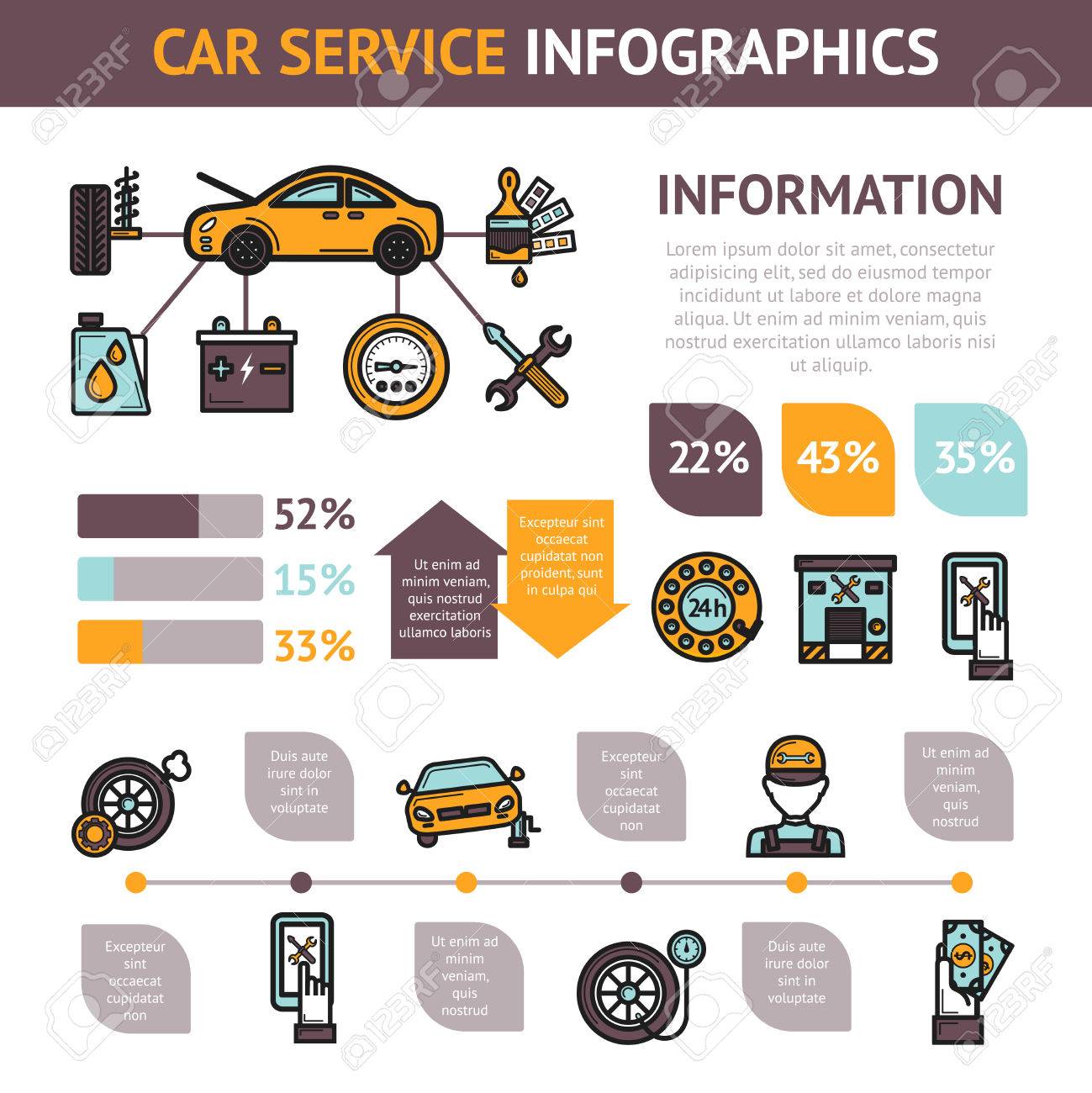Examining Your Vehicle'S Caution Indicators: What They Really Communicate
Examining Your Vehicle'S Caution Indicators: What They Really Communicate
Blog Article
Content Writer-Boye Gilbert
When you lag the wheel, those glowing caution lights on your dashboard can be a little bit bewildering. Do you recognize what they're trying to tell you about your auto's wellness? Comprehending the value of these lights is crucial for your security and the durability of your automobile. So, the next time among those lights appears, would not you wish to decipher its message accurately and take the essential actions to address it?
Common Caution Lighting and Interpretations
Recognize usual caution lights in your automobile and understand their definitions to make sure safe driving.
The most typical caution lights include the check engine light, which signals problems with the engine or discharges system. If this light begins, it's vital to have your car inspected immediately.
The oil stress alerting light suggests reduced oil stress, requiring instant focus to stop engine damages.
A flashing battery light might suggest a malfunctioning charging system, potentially leaving you stranded otherwise attended to.
The tire pressure surveillance system (TPMS) light notifies you to reduced tire pressure, affecting automobile security and gas efficiency. Neglecting this can cause dangerous driving problems.
The abdominal muscle light suggests a trouble with the anti-lock stopping system, compromising your ability to stop swiftly in emergency situations.
Finally, the coolant temperature warning light warns of engine getting too hot, which can lead to serious damage otherwise fixed promptly.
Recognizing these usual caution lights will certainly aid you attend to problems immediately and maintain secure driving conditions.
Value of Prompt Interest
Understanding the typical caution lights in your car is only the very first step; the value of promptly addressing these cautions can not be emphasized enough to guarantee your security when traveling.
When a caution light brightens on your control panel, it's your vehicle's means of communicating a potential concern that requires interest. Disregarding car cleaning company can result in a lot more serious problems down the road, jeopardizing your security and potentially costing you extra out of commission.
Trigger attention to cautioning lights can stop break downs and mishaps. For instance, a flashing check engine light might show a misfire that, if left unattended, might cause damages to the catalytic converter. Addressing car polish and wax can save you from a costly repair work.
In a similar way, a brake system warning light may indicate low brake fluid or used brake pads, crucial elements for your security when driving.
DIY Troubleshooting Tips
If you observe a caution light on your control panel, there are a couple of do it yourself troubleshooting tips you can try prior to seeking expert aid.
The very first step is to consult your cars and truck's handbook to comprehend what the particular warning light shows. Often https://jasperuoidw.ourcodeblog.com/30413847/top-10-tips-for-choosing-the-very-best-auto-repair-shop-near-you can be as easy as a loose gas cap triggering the check engine light. Tightening up https://www.motorbiscuit.com/best-car-maintenance-youtubers-to-watch/ may deal with the problem.
One more common issue is a low battery, which can activate different alerting lights. Checking the battery links for corrosion and guaranteeing they're safe might fix the trouble.
If a caution light continues, you can attempt resetting it by separating the car's battery for a few minutes and afterwards reconnecting it. Furthermore, examining your vehicle's liquid degrees, such as oil, coolant, and brake liquid, can aid repair cautioning lights related to these systems.
Conclusion
To conclude, recognizing your cars and truck's warning lights is vital for maintaining your lorry running smoothly and safely. By immediately addressing these notifies and knowing what they imply, you can stay clear of costly repair work and potential break downs.
Bear in mind to consult your vehicle's guidebook for certain information on each alerting light and take action appropriately to make sure a hassle-free driving experience.
Stay notified, stay risk-free on the road!
